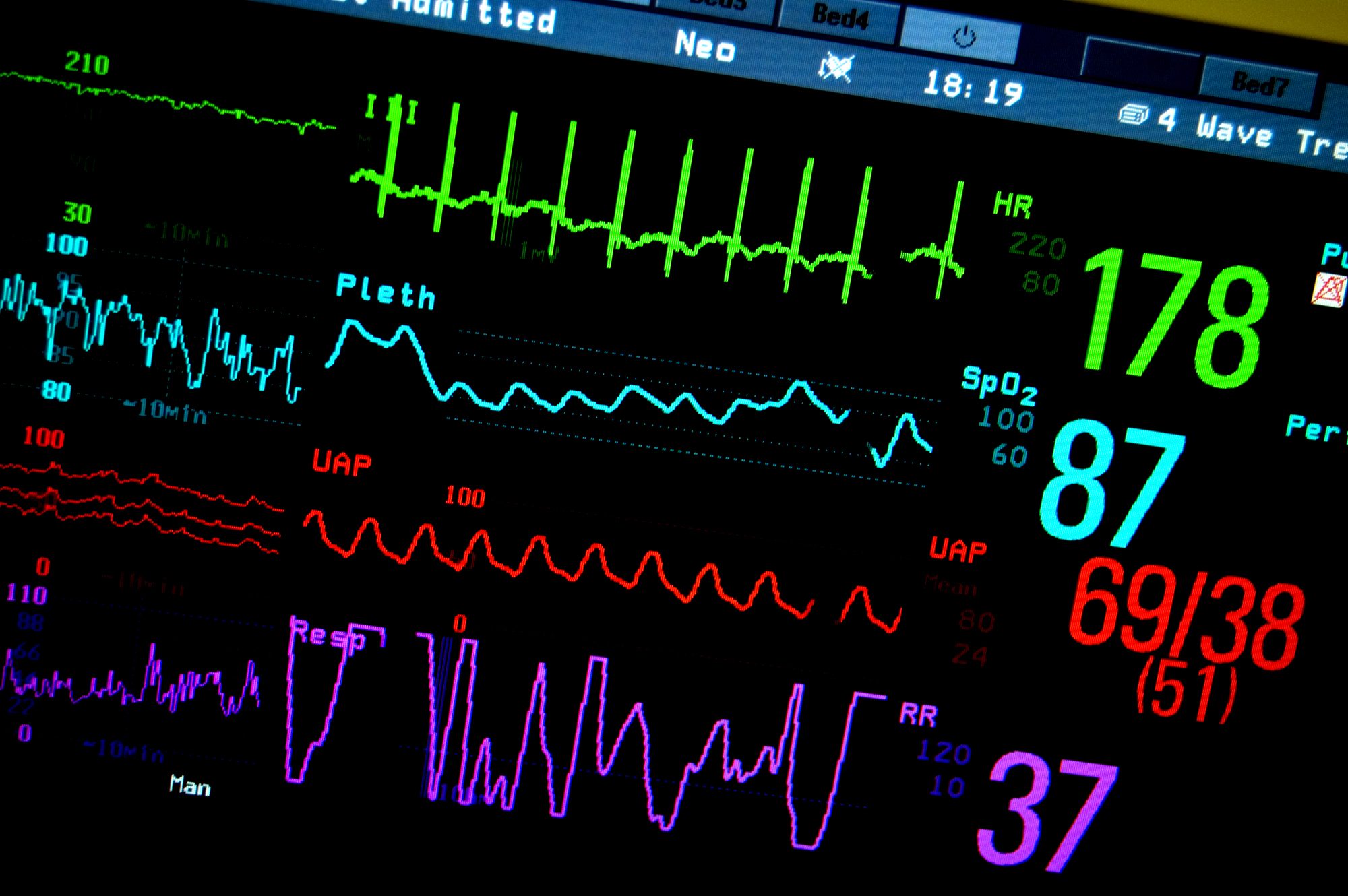
WEDNESDAY, Dec. 14 (HealthDay News) — Efforts to reduce costly hospital readmissions have focused on improving patient care just after discharge. But much of the readmission problem may be due to an overuse of inpatient hospital services in the first place, a new study suggests.
Researchers from the Harvard School of Public Health found that overall hospital admission rates played the biggest role in readmission rates among Medicare patients from various geographic regions, accounting for up to 24 percent of the variation in readmission totals among those with congestive heart failure and up to 20 percent among those with pneumonia.
Unplanned readmissions — especially for such potentially serious conditions — are often linked with poor health results, the study noted. But prior research has shown that attempts to improve hospital discharge planning haven’t made a significant dent in readmission rates.
“This is about more than just how we discharge patients and follow-up, but about what happens to patients before they get admitted to hospitals,” said Dr. Bradley Sherman, chairman of the department of medicine at Glen Cove Hospital in Glen Cove, N.Y., who was not involved with the study. “I think the interesting part of this article is there is so much effort put on the discharge process, but this falls in the gap. Not a lot of people are looking at the other side of this, how the admission process affects readmission rates.”
The report is published in the Dec. 15 issue of the New England Journal of Medicine.
For the study, Dr. Arnold Epstein and colleagues used national Medicare data from the first six months of 2008 to calculate the 30-day, 60-day and 90-day readmission rates for patients discharged with congestive heart failure or pneumonia in different U.S. regions. Examining overall hospital rates along with differences in patients’ co-existing conditions, quality of discharge planning and the number of doctors and hospital beds in each region, they analyzed how each factor affected readmissions.
Readmission rates ranged from 11 percent to 32 percent among those with congestive heart failure and from 8 percent to 27 percent among patients with pneumonia. But no factor aside from the initial overall hospital admission rates accounted for more than 6 percent of readmissions, the investigators found.
Sherman suggested an “overpopulation” of specialists such as cardiologists and pulmonologists in certain regions may contribute to greater competition, leading them to suggest hospitalization for certain conditions when it may not be necessary. He also noted that it’s not uncommon for patients to deal with doctors who share after-hours call-in services, who may react more aggressively to an unfamiliar patient’s concerns.
“If a patient calls with an emergency after hours, there’s a very good chance they’re not connected with their own primary-care physician and connected instead with someone who’s unfamiliar with their care who may be more apt to admit them to the hospital,” Sherman said. “It’s possible they didn’t need hospitalization in the first place and could have been managed as outpatients. If a patient happens to be in a region with a high readmission rate . . . the same scenario may take place and they may be readmitted.”
The study authors suggested that incentive programs promoting shared savings for lower use of inpatient services could cut readmission rates, an idea endorsed by Sherman and Dr. Cynthia Boyd, an associate professor of medicine in the division of geriatric medicine and gerontology at Johns Hopkins University School of Public Health in Baltimore.
“Incentives aren’t [currently] aligned,” Sherman said. “It’s easier for a doctor to want to admit a patient to the hospital instead of making extra efforts to find out about a patient’s condition. Part of the remedy is tying payments together so there’s no disconnect between outpatient practice and inpatient medicine.”
Boyd agreed. “They [the study authors] make the point that our interventions to reduce readmissions have focused on the individual and their risk of readmission. They are right to suggest that we need to look more broadly than at just this moment. I definitely think it’s a novel, interesting and well-done study. It raised a lot of interesting questions.”
More information
The U.S. Centers for Disease Control and Prevention has more about hospital utilization rates.

